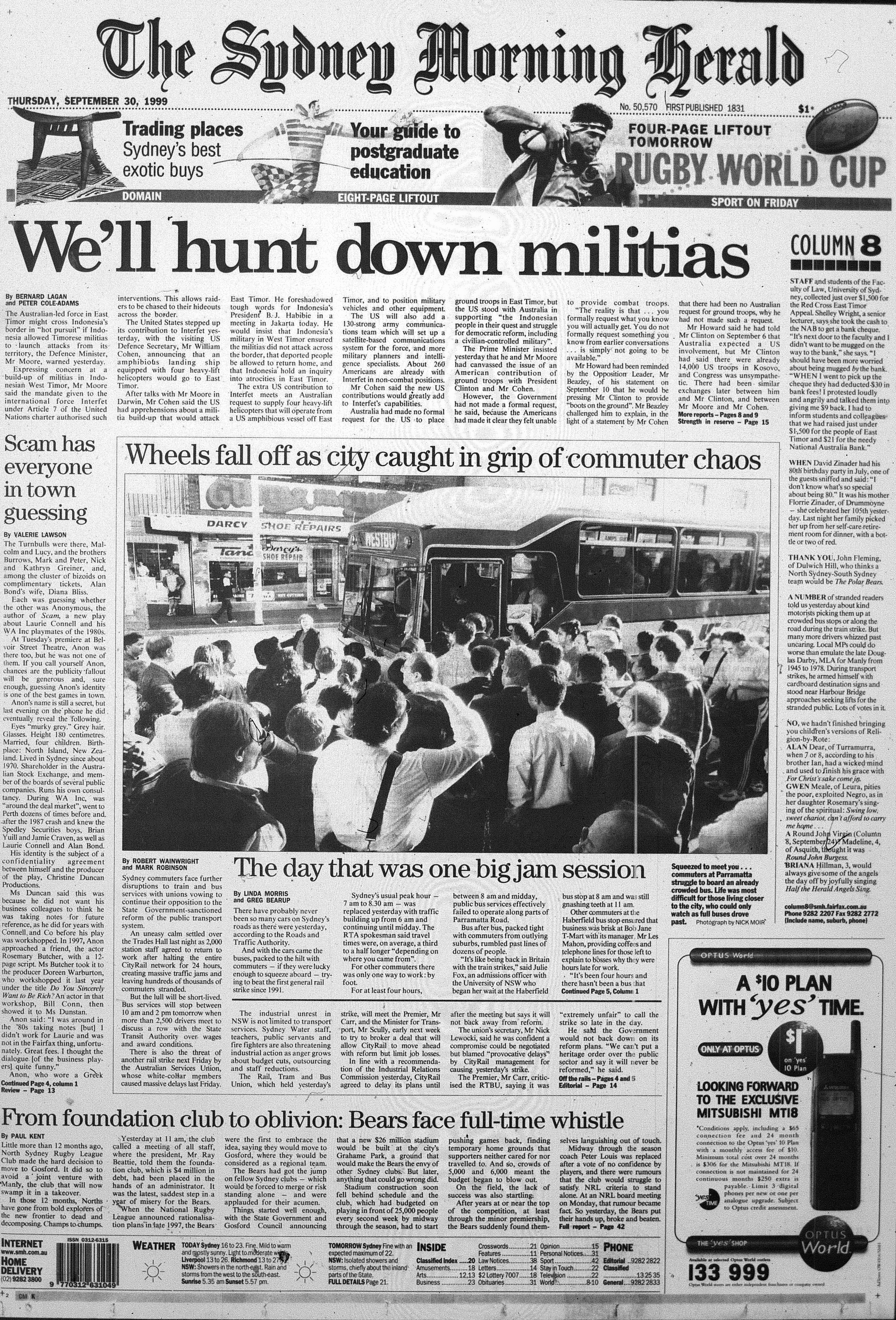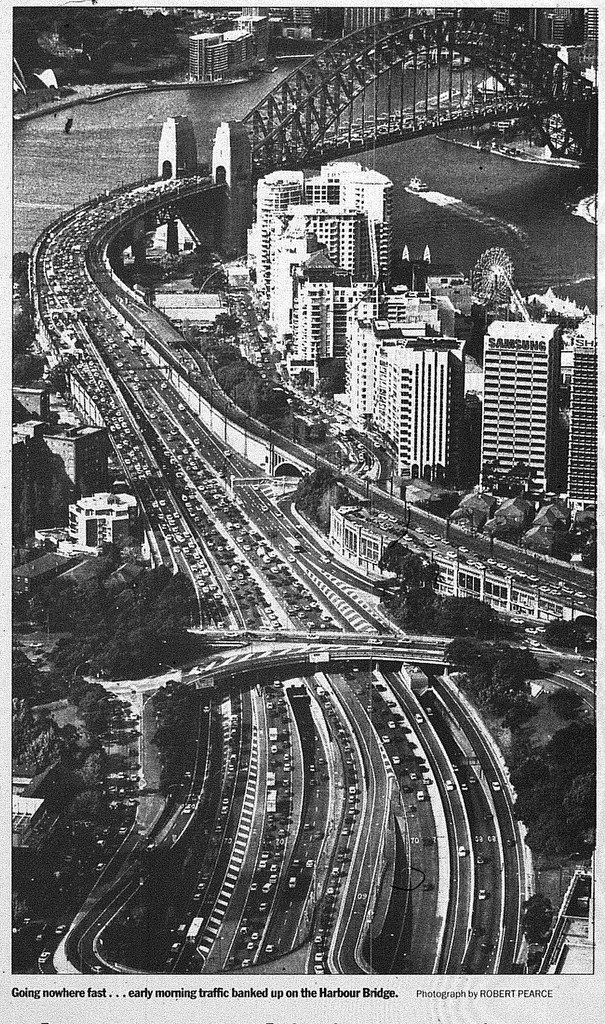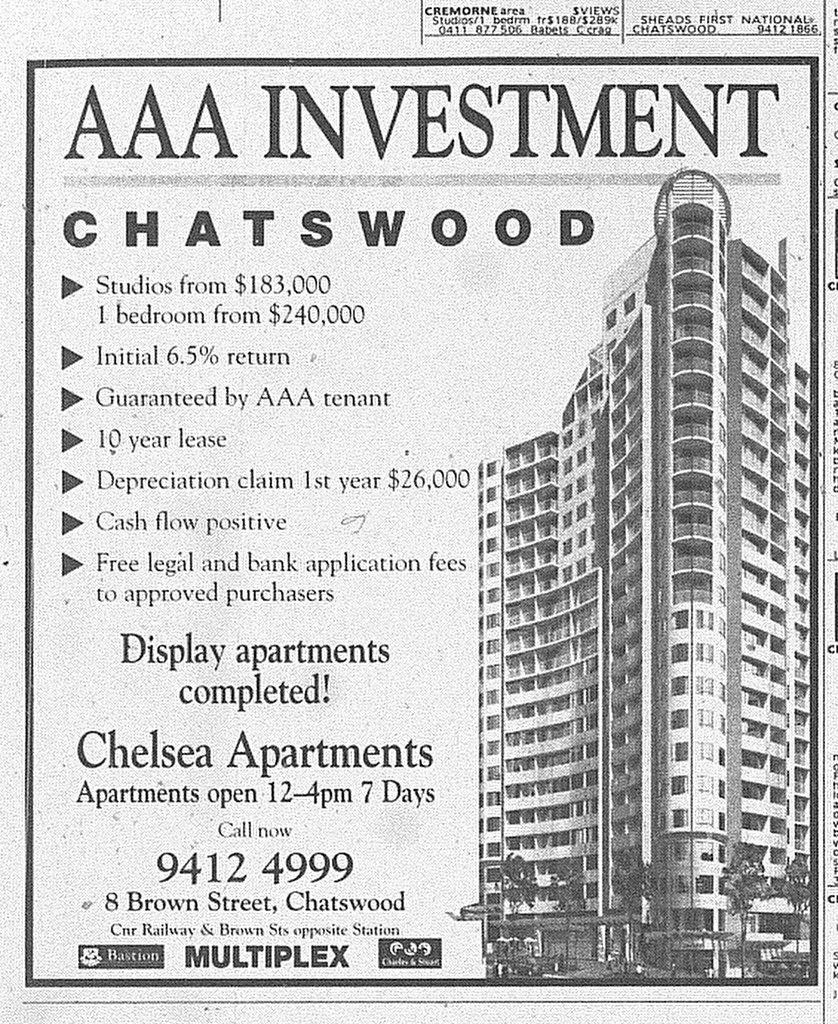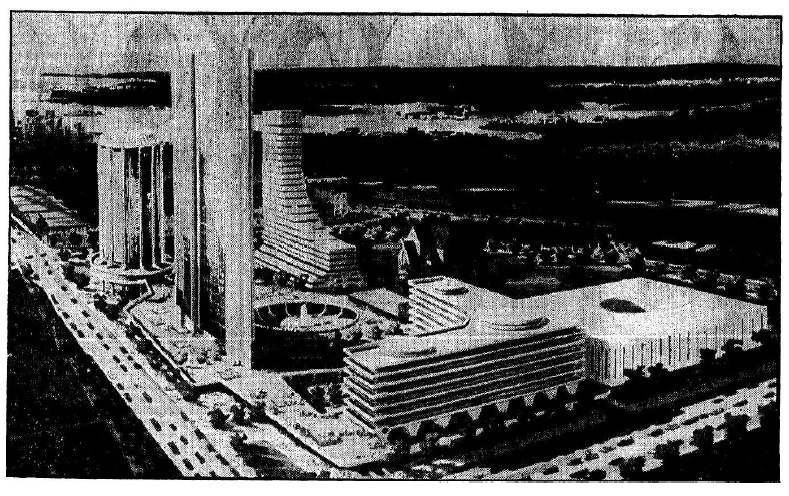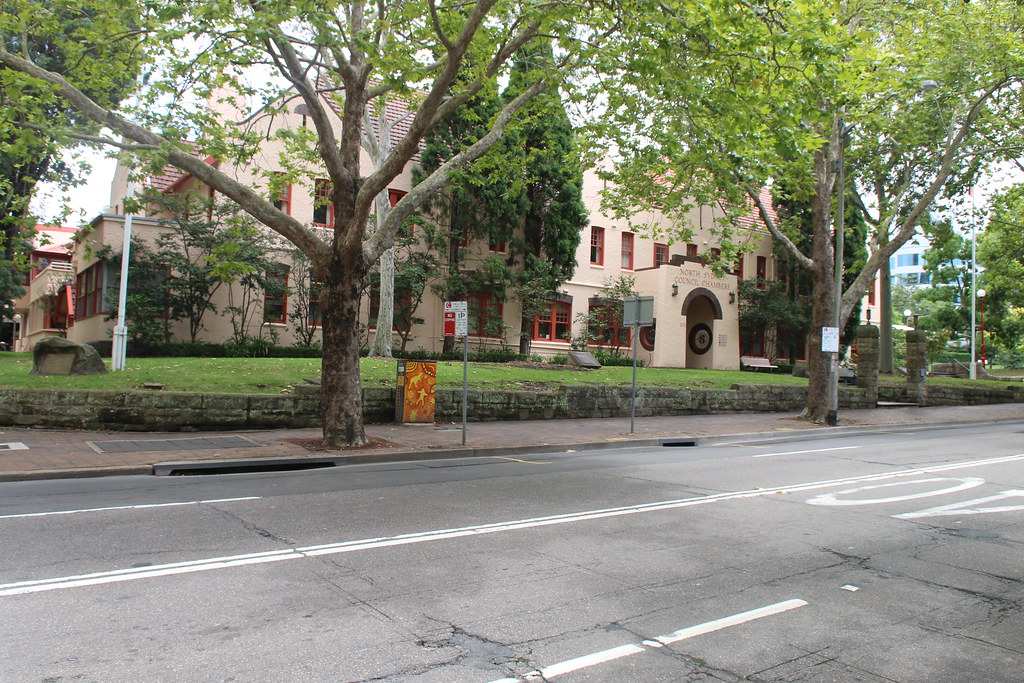 |
| Above: The Forum at St Leonards. The photo was taken by the Author (2013). |
More often than not, what we end up seeing built on any site can be better than what might have been if an original plan or scheme had gone ahead.
The Forum at St Leonards is an excellent example.
What makes this complex so great? It is a model of how transport-orientated development should be in Sydney. In fact, it's a community where you can live, shop, work and have handy access to transport with St Leonards Station below the complex.
 |
| Above: St Leonards Railway Station. The photo was taken by the Author (2013). |
 |
| Above: The Forum Town Square. The photo was taken by the Author (2013). |
The high elevation allows the towers to be visible from right across the city.
But how did the development evolve into what it is today?
Planning began in the late 1980s. In 1987, the State Rail Authority put to tender 7.5 hectares of land for commercial, residential and retail development. The following year, Zenith Development Corporation paid $67.3 million to lease the airspace above St Leonards Railway Station.
Source: Morris, L. 1988. "St Leonards deal an $82m boost for SRA". The Daily Telegraph, December 19: 9.
Excavation of the site had also commenced, though it was suspended by the end of 1990.
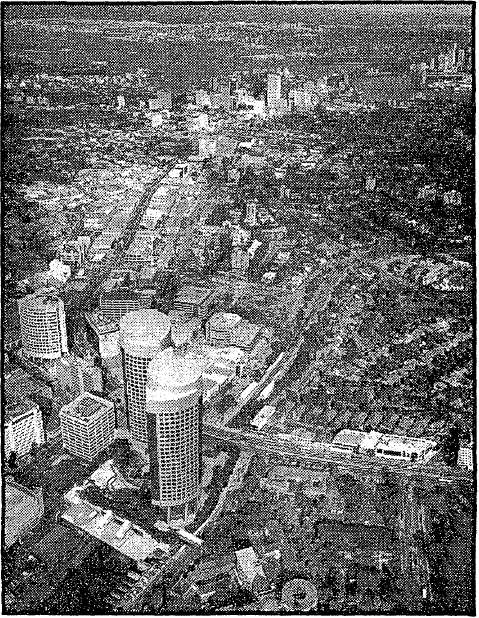 |
| Source: Anon. 1990. "Untitled" (Artists Impression). The Sydney Morning Herald, August 28: 30. |
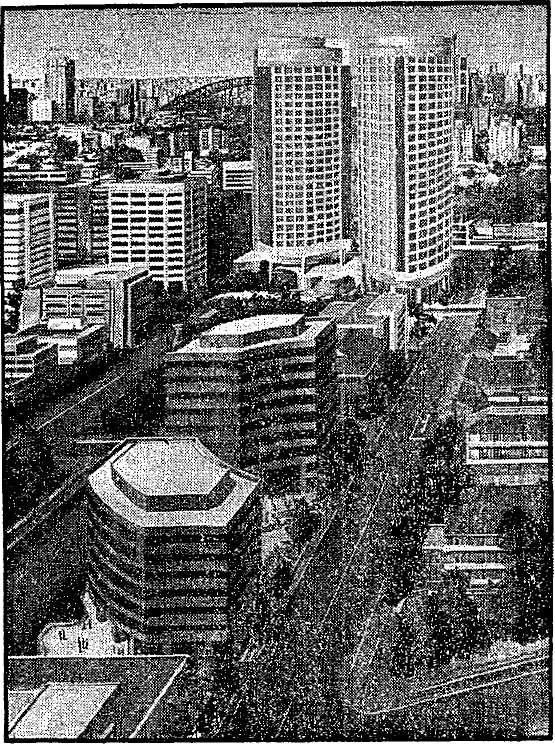 |
| Source: Anon. 1991. "Untitled" (Artists Impression). The Sydney Morning Herald, April 9: 30. |
The recession and associated property crash of the early 1990s would delay construction for much of the decade.
By the late 1990s, a new scheme had been proposed. The office scheme was scaled back to 32 000sq/m of space (split over three buildings attached to each other on the Pacific Highway side), but two major apartment towers were to be added known as The Forum (38 stories/1999) and The Forum West (27 stories/2003). The Forum is currently the tallest tower in the suburb at 118 metres tall.
All buildings surrounded a new town square housing retail and connected directly to St Leonards Railway Station.
The development was completed in two stages with Stage 1 (eastern half) completed in 2000 with the Forum West development completed in 2003.
The development has won several awards, including:
- UDIA Award for Excellence in Masterplanned Commercial Development 2002
- NSW Urban Taskforce – Development Excellence Award 2002 – Urban design
- Landscape Contractors Association (NSW) – 2000 Landscape construction by a new member – recipient Universal Landscapes
- Master Builders Association – 2000 Award for Construction Excellence




